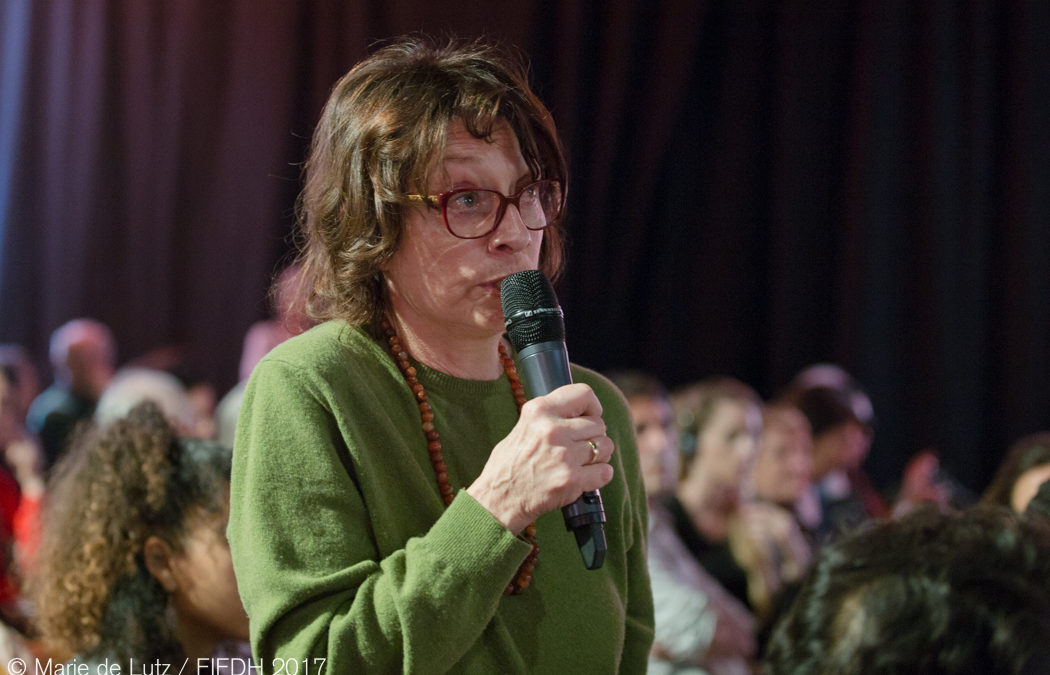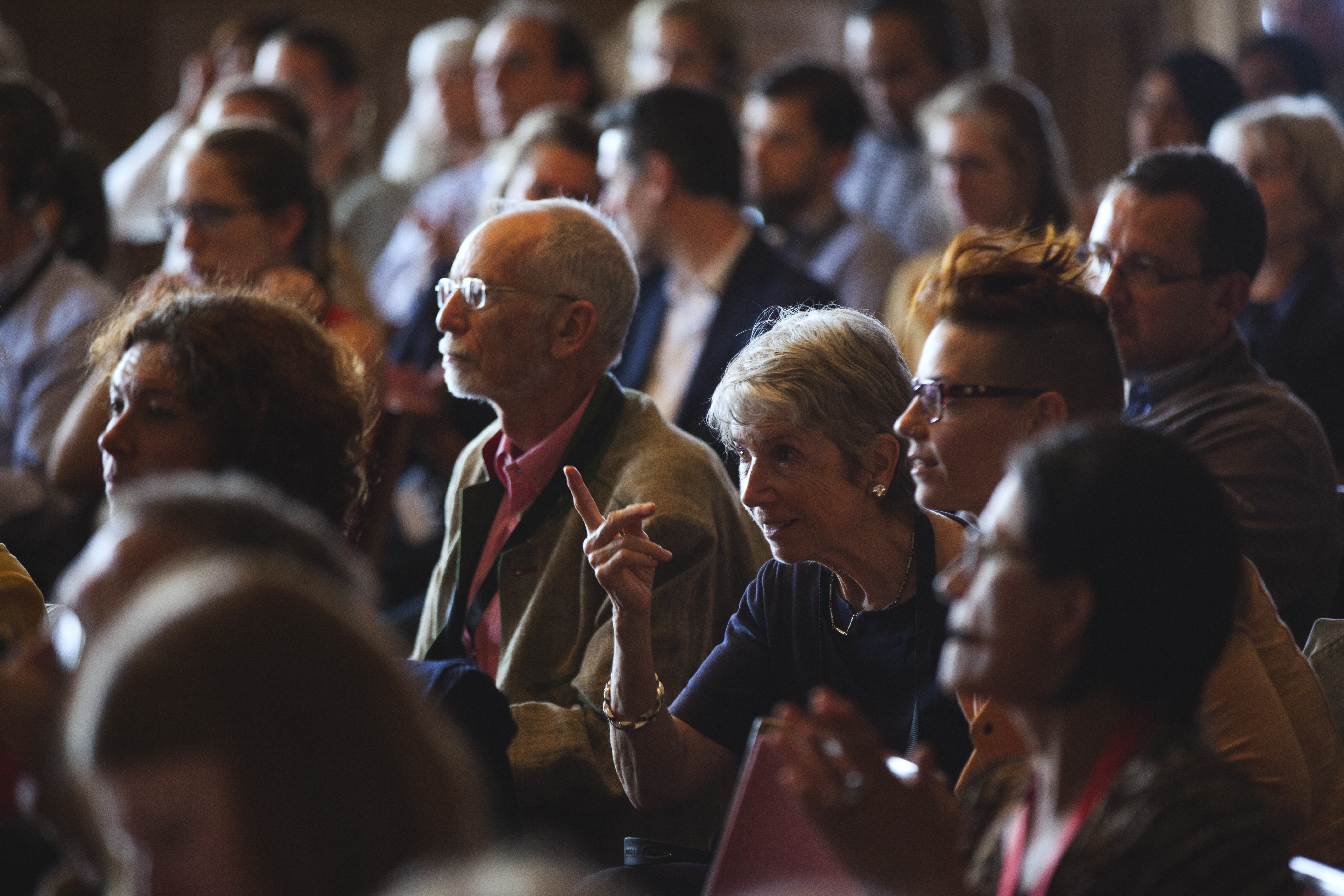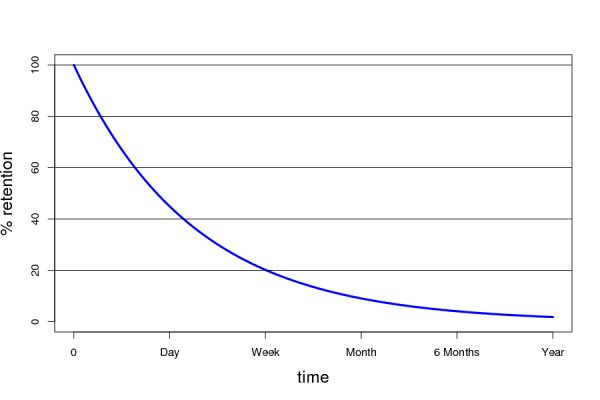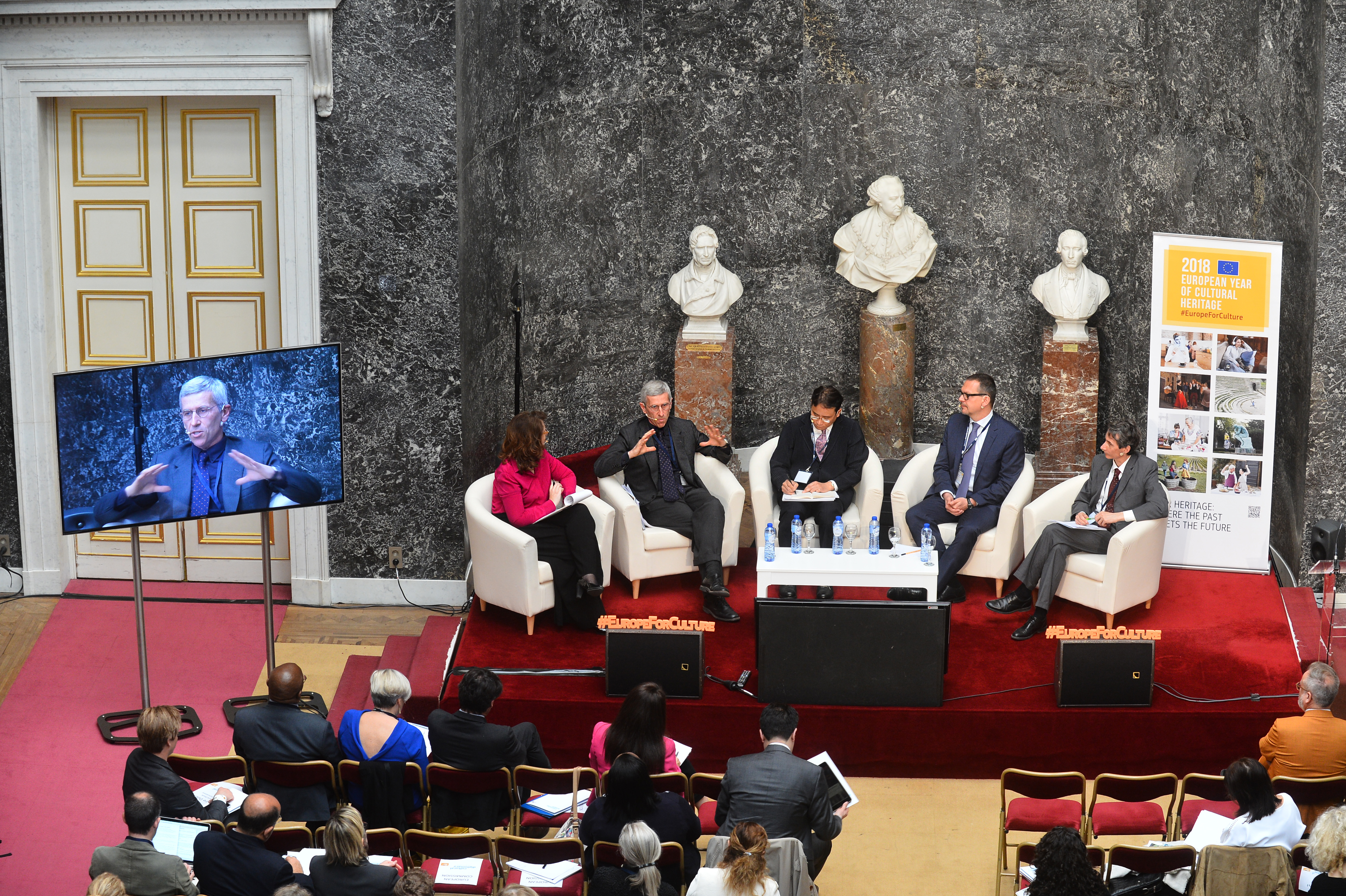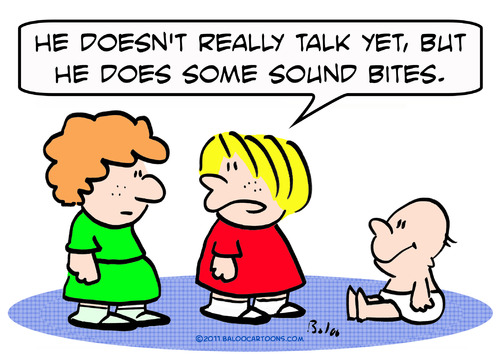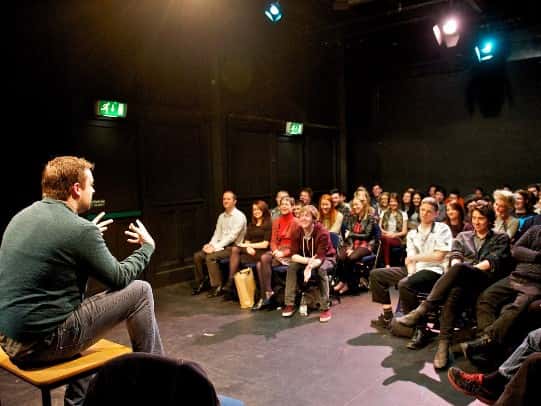
Building Rapport for Effective Communication
Rapport is the foundation of influence and impact. An American psychiatrist and psychologist, Milton Erickson, once said, “With rapport, everything is possible. Without it, nothing is possible.”
So what is this magical ingredient in effective communications? It is about being on the same wavelength as someone else so that we feel connected. It often involves having shared values, beliefs or similar life experiences. I know, for example, that I usually instantly connect with someone who is or has been a journalist due to my time at the BBC.
But how do you build rapport with an audience made up of many different individuals? This is vital when you are speaking in public presenting, giving a keynote speech or sitting on a panel at a conference.
Many of the things that you do naturally one-on-one are applicable, such as finding common ground, asking questions and actively listening to what they are saying.
But when you want to build rapport with an audience, you need to use these skills more consciously.
Let me explain by sharing my list of how to do it, based on my experience as a moderator and public speaking coach.
Finding common ground
When you prepare your speech or remarks you need to think about your audience first and foremost. What are their needs, expectations and challenges? Far too often presenters think that communication is a one-way process but to have impact you need to ensure that your message has got across to the audience so that they are not only engaged but also feel, say or think differently as a result of your presentation.
Reading the room
I am often asked by people I coach/train how do I know that my message has landed. Well, the first thing is to read the room. Are people looking at you or reading their emails or looking out of the window? If they are looking at you, how are they looking – quizzically or in agreement? Do they have their hand on their chin, as this is often a sign that they are listening intently? What is their body language telling you? Are they slumped in their chair? Are they leaning back with a bored expression? If so it is up to you to reconnect again by changing your voice, body language or content.
Articulating what you see
This is a coaching technique that is very effective when speaking in public. If you see that your audience is either with you or against you, tell them what you are seeing. Check back with them if you are right that they are puzzled, sceptical or engaged. If you do this, it shows that you are in the moment and present and will show your audience that you care about them and their reaction.
Actively listen
Another coaching technique. We often listen at a superficial level – just waiting for our turn to speak. But you need to fully focus and show you are listening. You can do this with your body language – nodding your head, putting your hand on your chin, briefly moving towards the questioner during the Q and A session if standing or leaning forward if sitting. You can also do this by repeating back the same words or even using the same metaphors and analogies as the person who is talking. For example, “You say that you feel frustrated, that you are drowning with work, …..”
Pathos, pathos, pathos
As Socrates said if you want to really influence someone you have to have logos (logic), ethos (credibility) and pathos (stir emotion in the audience). You can read more about this in a previous blog.
Many of the people I coach and train shy away from stirring emotion in a professional context, but if you can add a dash of storytelling in your speech or remarks, you will immediately build a connection with the audience as since childhood we have been hot-wired to love stories.
All of this takes courage.
As you can see from this diagram about building rapport, if you move beyond the cliché and facts and start to share beliefs and opinions, you will build rapport. However disclosing more and increasing trust, does come with risks.
But if you want to have impact and influence, and it is done well, then I believe it is a risk worth taking.

